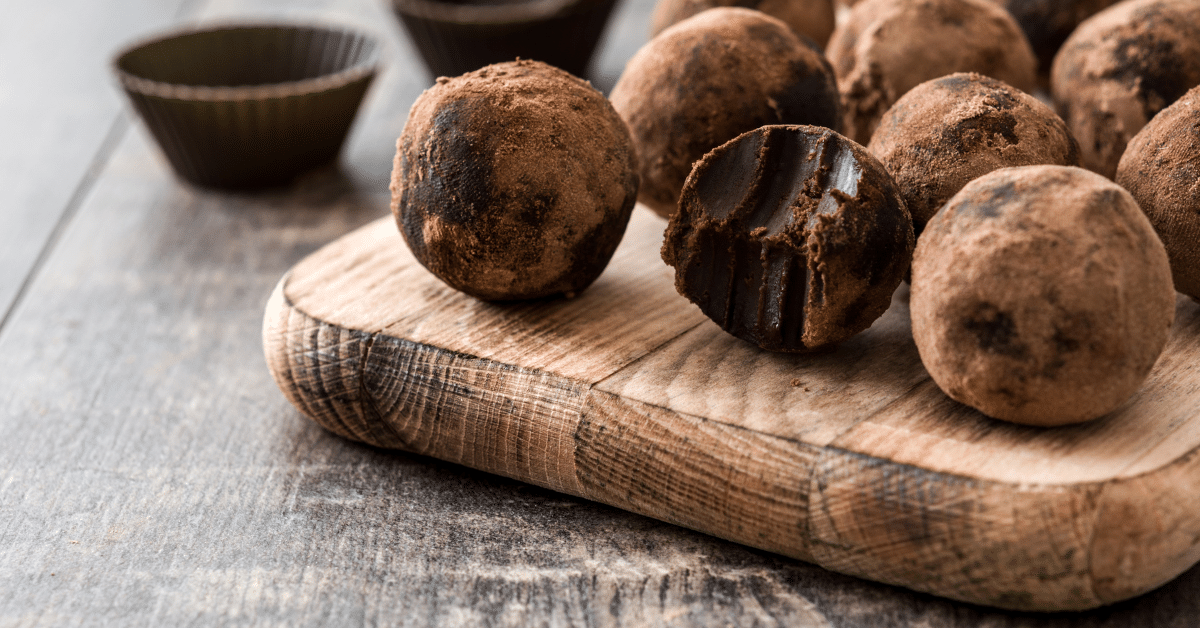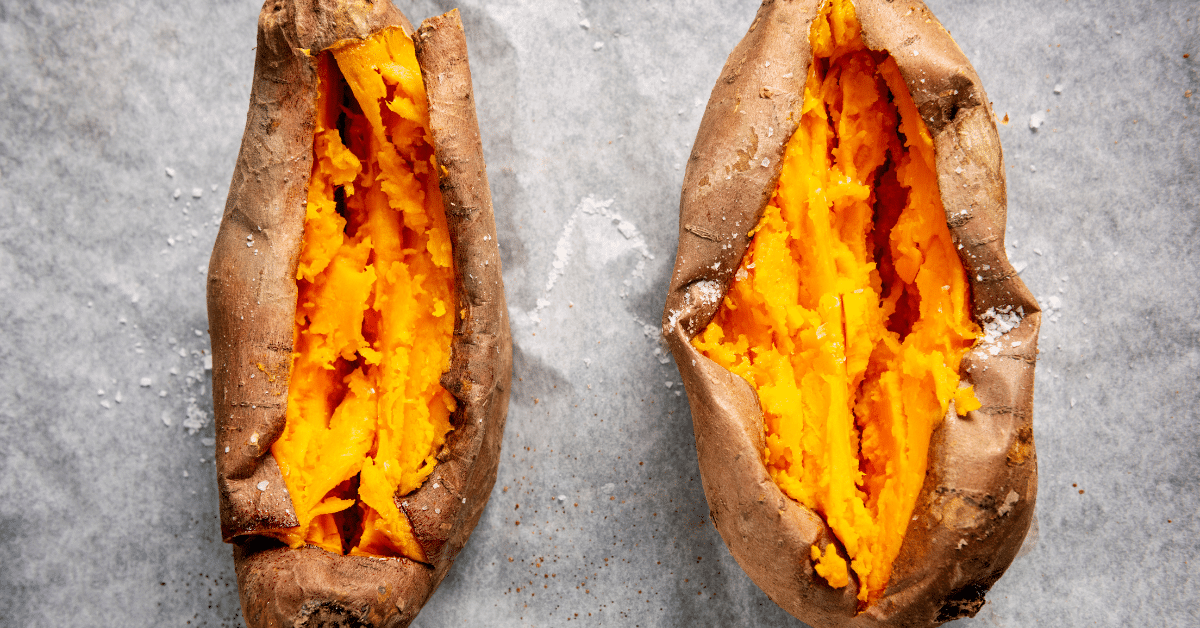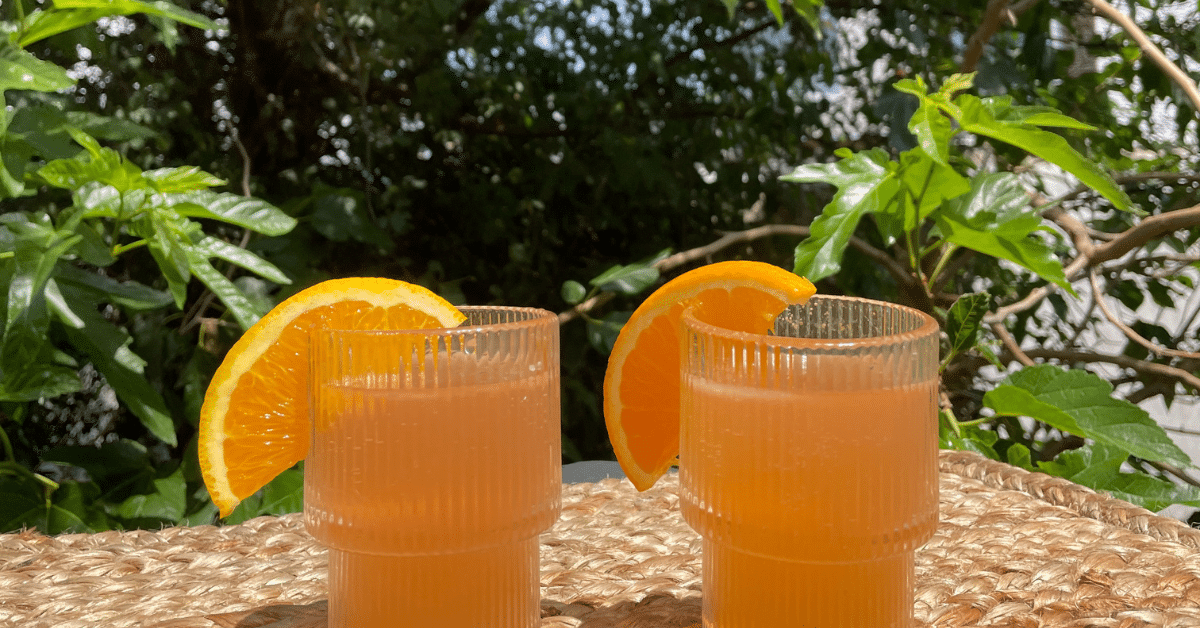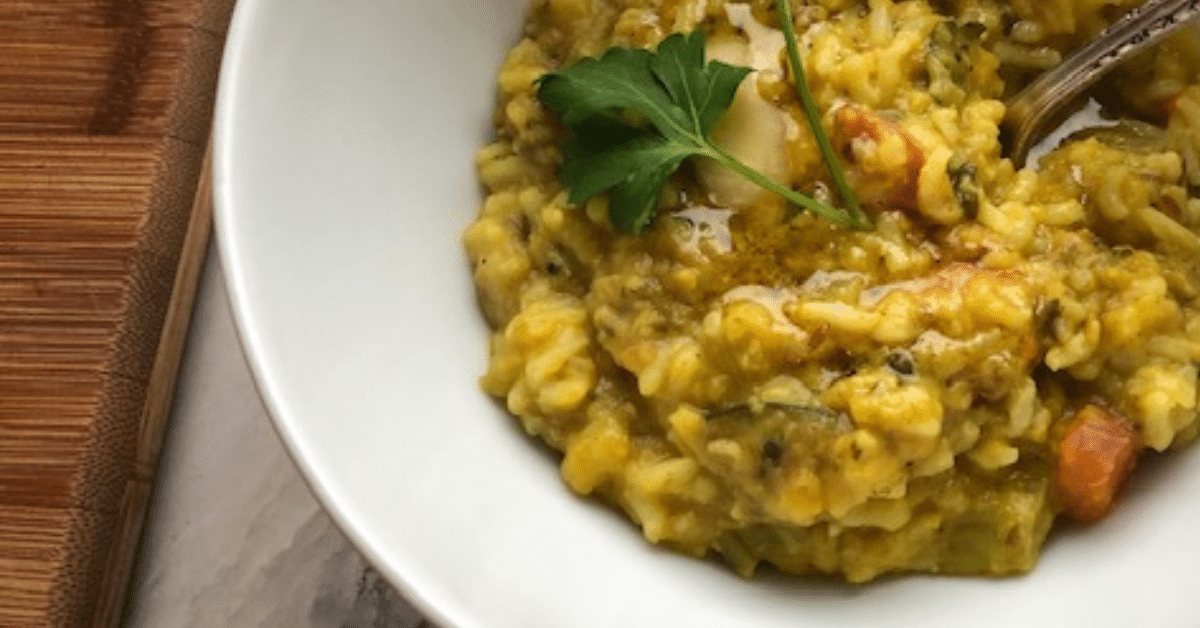Ingredients:
- 1 cup cup peanut or almond butter
- 2 tbsp ghee
- 1/2 cup coconut cream (cream only)
- 1 cup cocoa powder
- 1/4 tsp vanilla
- 2 tbsp maple syrup
- 1/4 tsp sea salt
- ¼ tsp ashwagandha (optional)
Directions:
In a saute pan, melt the ghee, coconut cream, and nut butter over low heat. Pour into a bowl with the remaining ingredients. Transfer to the refrigerator and let cool for about an hour. After the chocolate has cooled, roll into balls and place on a plate with parchment paper. You can get creative here: roll the balls into coconut flakes, rose powder, or whatever you feel called to! 🍫









